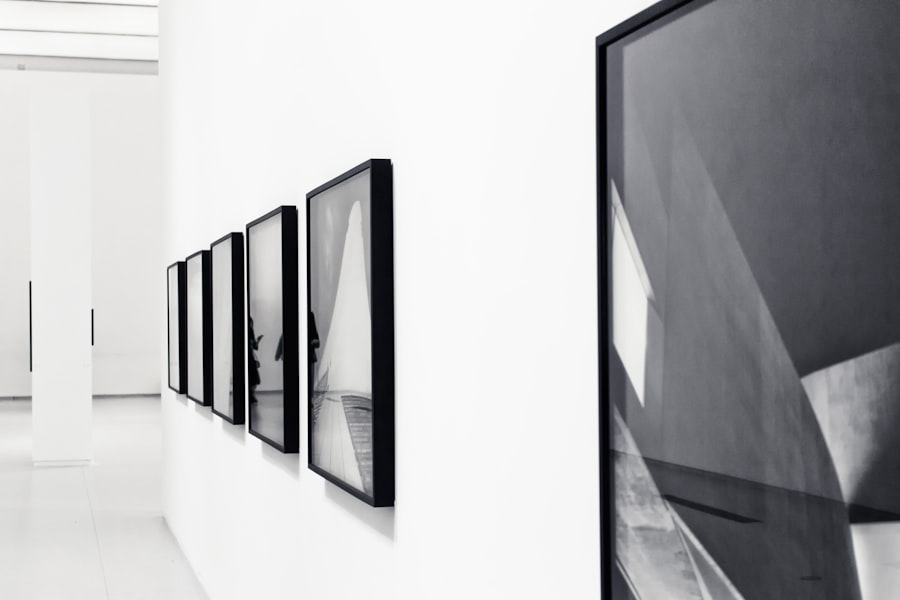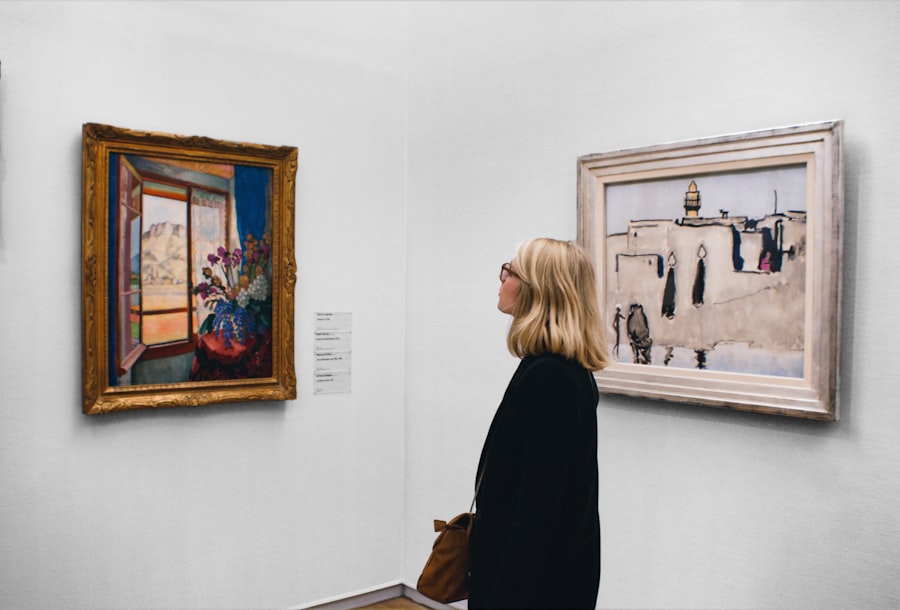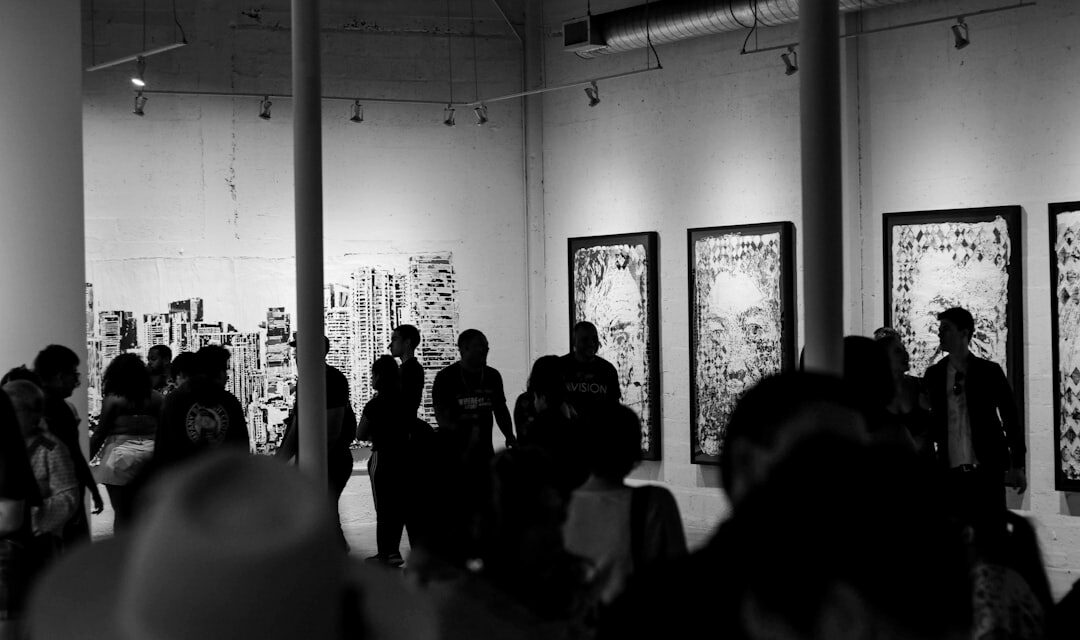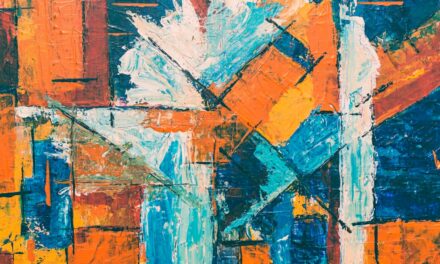Artful experiences have been an integral part of human culture since the dawn of civilisation. From the cave paintings of Lascaux to the intricate frescoes of the Renaissance, art has served as a medium for expression, communication, and connection. The earliest forms of art were often tied to ritualistic practices, where communities would gather to create and appreciate visual representations of their beliefs and surroundings.
These communal experiences fostered a sense of belonging and identity, laying the groundwork for the rich tapestry of artistic expression that would follow. As societies evolved, so too did the nature of artful experiences. The advent of new materials and techniques allowed artists to explore different mediums, from sculpture to printmaking.
The rise of patronage during the Renaissance saw art become a vehicle for social status and political power, with grand works commissioned by the wealthy elite. However, even in these contexts, art remained a shared experience, often displayed in public spaces or churches, inviting viewers to engage with the work on a personal level. This historical trajectory highlights the enduring significance of artful experiences as a means of fostering community and dialogue across generations.
The Importance of Artful Experiences in Daily Life
The Power of Artistic Expression
Engaging with art—whether through creation or appreciation—allows individuals to tap into their creativity and express their emotions in ways that words may fail to capture. This engagement can lead to a deeper understanding of oneself and one’s place in the world, fostering a sense of purpose and connection.
Finding Beauty in the Mundane
Moreover, artful experiences enrich our lives by encouraging us to see the beauty in the mundane. A simple walk through a city can transform into an artistic journey when one takes the time to notice the colours, textures, and forms that surround them.
Elevating Our Daily Experiences
By cultivating an awareness of our environment and embracing the artistic potential within it, we can enhance our daily experiences and find joy in the ordinary. This shift in perspective not only elevates our mood but also encourages a more mindful approach to life.
How to Create an Artful Experience at Home

Creating an artful experience at home can be both fulfilling and transformative. One of the simplest ways to begin is by curating a space that inspires creativity. This could involve dedicating a corner of your home to display artwork that resonates with you or setting up a small studio area equipped with materials for painting, drawing, or crafting.
Surrounding yourself with art that speaks to your sensibilities can serve as a constant reminder to engage with your creative side. In addition to curating your environment, consider incorporating regular art-making sessions into your routine. This could be as simple as setting aside time each week to paint or draw, or even experimenting with new techniques such as pottery or collage.
Engaging in these activities not only nurtures your artistic skills but also provides a much-needed outlet for self-expression. Furthermore, inviting friends or family members to join you in these creative endeavours can transform solitary activities into shared experiences, fostering deeper connections and collaborative exploration.
The Benefits of Engaging in Artful Experiences
Engaging in artful experiences offers a multitude of benefits that extend beyond mere enjoyment. Research has shown that participation in artistic activities can significantly reduce stress and anxiety levels. The act of creating—whether through painting, sculpting, or writing—can serve as a form of meditation, allowing individuals to focus their minds and channel their emotions into tangible forms.
This therapeutic aspect of art can lead to improved mental clarity and emotional resilience. Additionally, artful experiences can enhance cognitive function and problem-solving skills. Engaging with art encourages critical thinking and innovation, as individuals learn to interpret visual information and make creative decisions.
This cognitive engagement is particularly beneficial for children, as it fosters their ability to think outside the box and develop their unique perspectives. By incorporating art into our lives, we not only enrich our own experiences but also contribute to a culture that values creativity and imagination.
Exploring Different Forms of Artful Experiences
Artful experiences come in myriad forms, each offering unique opportunities for engagement and exploration. Visual arts such as painting, sculpture, and photography allow individuals to express their creativity through various mediums. Meanwhile, performing arts like theatre, dance, and music provide dynamic platforms for storytelling and emotional expression.
Each form invites participants to immerse themselves in different narratives and perspectives, broadening their understanding of the human experience. Moreover, artful experiences can extend beyond traditional definitions of art. Culinary arts, for instance, offer a sensory experience that engages taste, smell, and presentation.
Cooking can be seen as an artistic endeavour where flavours are combined to create not just sustenance but also aesthetic pleasure. Similarly, gardening can be viewed as an art form; cultivating plants and designing landscapes allows individuals to connect with nature while expressing their creativity. By exploring these diverse forms of artful experiences, we can discover new passions and deepen our appreciation for the world around us.
Incorporating Artful Experiences into Travel

Travel presents a unique opportunity to engage with artful experiences in ways that are often unavailable in our daily lives. Visiting museums and galleries allows travellers to encounter masterpieces from different cultures and historical periods firsthand. These encounters can be profoundly moving, offering insights into the values and beliefs of societies across time and space.
Additionally, participating in local art workshops or classes while travelling can provide immersive experiences that deepen one’s connection to a destination. Beyond formal artistic venues, travel itself can be an artful experience when approached with an open mind. Exploring new landscapes, architecture, and cultural practices invites travellers to engage with their surroundings creatively.
Taking time to sketch a picturesque view or photograph intriguing details can transform ordinary moments into artistic expressions. By embracing the artistic potential inherent in travel, individuals can cultivate a richer understanding of both themselves and the world they inhabit.
The Role of Artful Experiences in Mental Health and Wellbeing
The relationship between artful experiences and mental health is increasingly recognised within therapeutic contexts. Engaging with art has been shown to alleviate symptoms of depression and anxiety while promoting overall wellbeing. Creative expression allows individuals to process complex emotions and experiences that may be difficult to articulate verbally.
This cathartic release can lead to greater emotional clarity and healing. Furthermore, participation in group art activities fosters social connections that are vital for mental health. Collaborative projects encourage communication and teamwork while providing a supportive environment for self-expression.
These shared experiences can combat feelings of isolation and loneliness, reinforcing the idea that we are not alone in our struggles. As mental health awareness continues to grow, integrating artful experiences into therapeutic practices offers promising avenues for healing and personal growth.
The Future of Artful Experiences
As we look towards the future, the evolution of technology presents both challenges and opportunities for artful experiences. Digital platforms have made art more accessible than ever before; virtual galleries allow individuals from all corners of the globe to engage with artworks that they may never have encountered otherwise. Online workshops enable artists to share their skills with wider audiences, breaking down geographical barriers that once limited participation.
However, this digital shift also raises questions about authenticity and connection in artistic experiences. As we navigate this new landscape, it is essential to find ways to maintain the communal aspects of art while embracing technological advancements. Hybrid models that combine physical presence with digital engagement may offer pathways for richer interactions with art in the future.
Ultimately, the future of artful experiences will depend on our ability to adapt while remaining true to the core values of creativity, connection, and expression that have defined human culture throughout history.
In addition to exploring The Artful Experience, readers may also find an introduction to the painting ‘Mahana no Atua (Day of the God)’ (1894) by Paul Gauguin to be a fascinating read. This article delves into the symbolism and techniques used by Gauguin in this iconic work. Furthermore, those interested in the art world may enjoy an introduction to the artist Gustav Klimt, which provides insight into the life and works of this renowned Austrian painter. Additionally, art enthusiasts may appreciate an introduction to the painting ‘Leda and the Swan’ (c. 1530) by Correggio, which explores the themes and techniques employed by the artist in this masterpiece.



